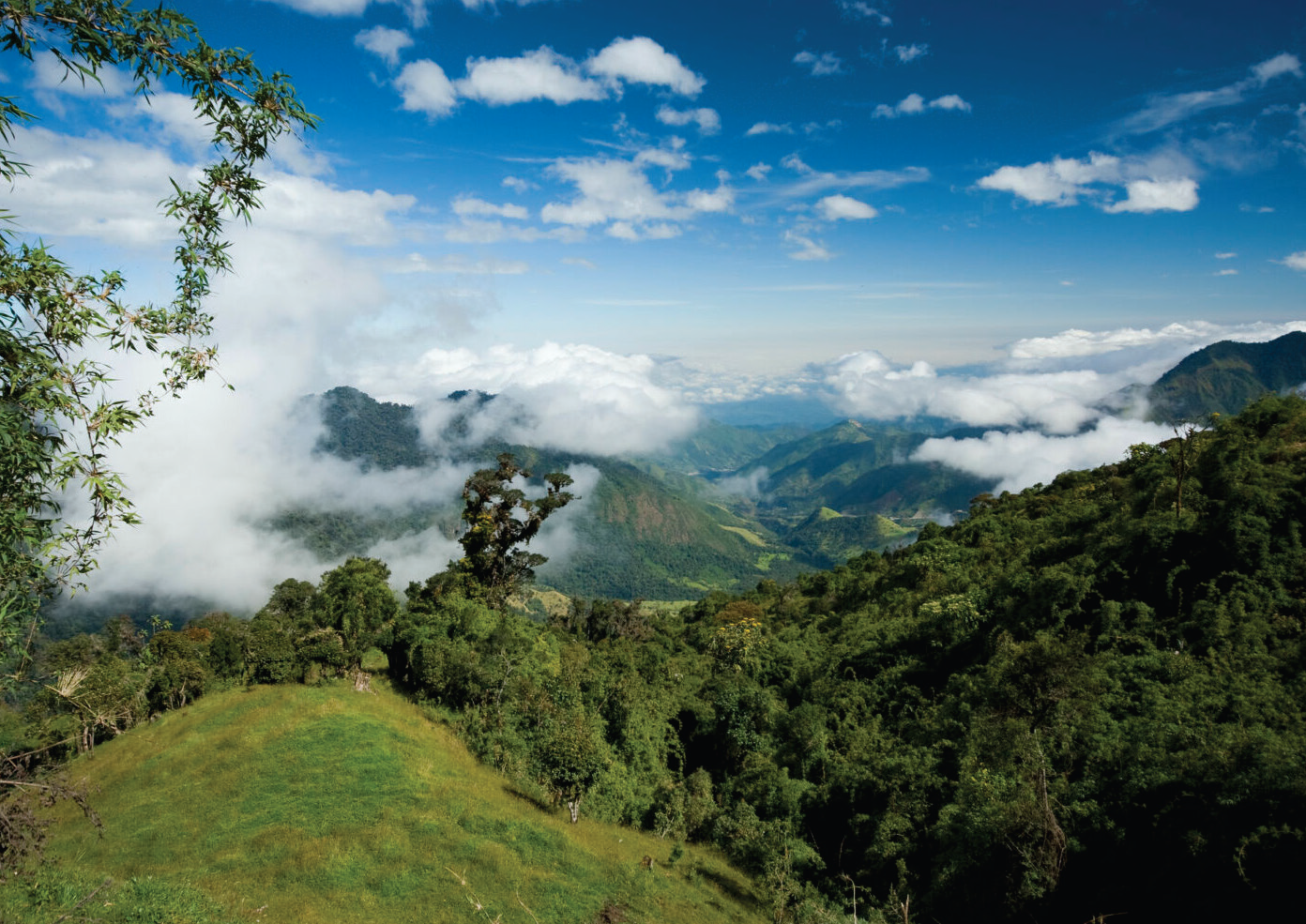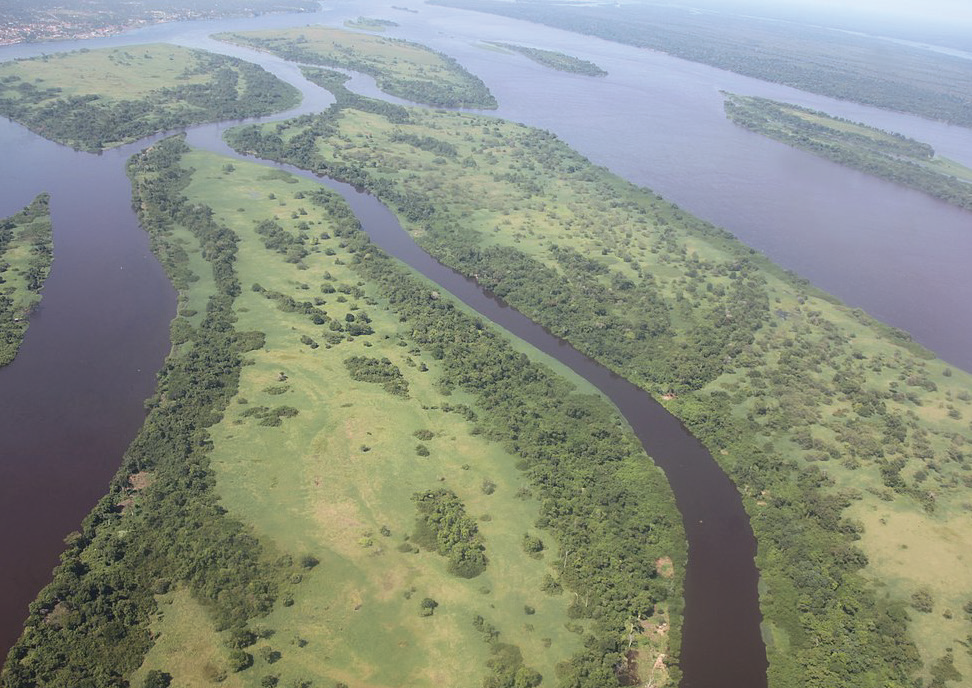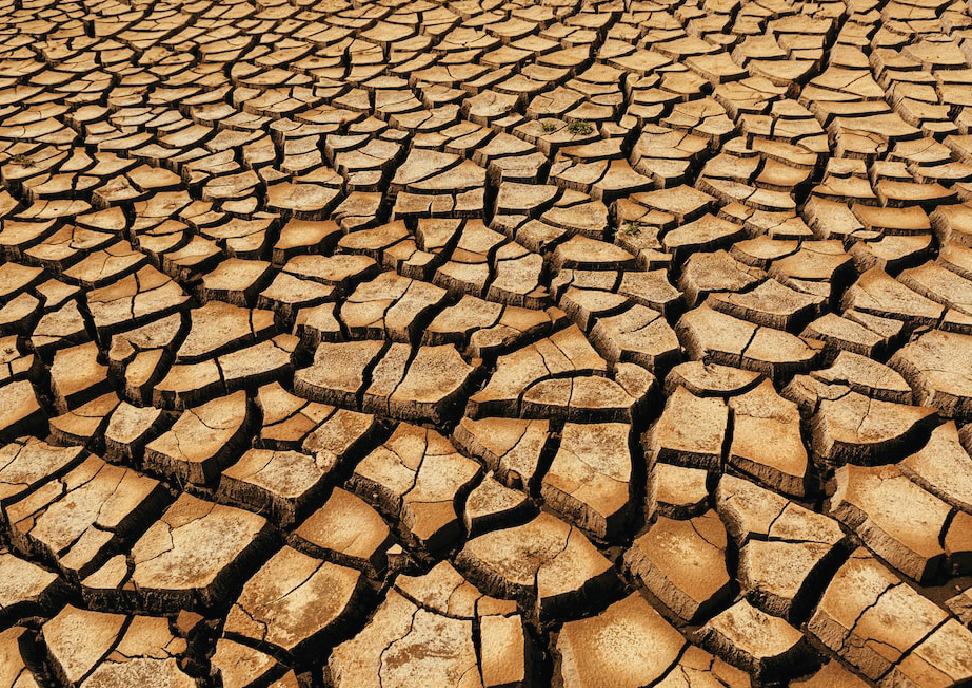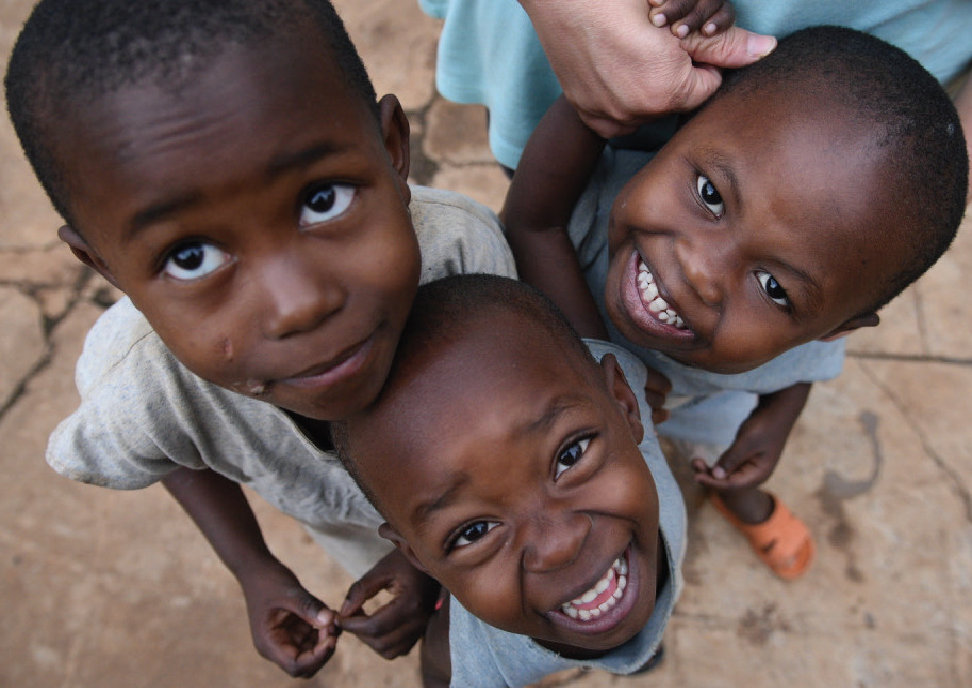Project National ToBatela Ebale
The Congo River is one of the most important rivers in Africa. It provides water to millions of people and supports a wide variety of plants and animals. Unfortunately, the river is threatened by pollution, deforestation, and other human activities. By protecting the rivers of the Congo, Kinshasa, we can help ensure this vital resource remains healthy and vibrant.
The Congo River flows through a wide variety of ecosystems, and its basin is home to a variety of economic activities such as agriculture and agroforestry, industry and mining, hydroelectric power generation, navigation, river transport, and drinking water supply. With their flooded forests, and more generally the numerous wetlands and forests in the country, they constitute a global ecological heritage. Beyond their rich ecosystems, with numerous endemic plant and animal species, these flooded forests play an important role in the planet’s climate. They are true carbon sinks, the reduction of which could produce significant greenhouse gas emissions into the atmosphere and have difficult-to-quantify but possible effects on precipitation in the region and beyond.
This project aims to optimize the use of the river’s water resources, as well as protect the environment and the basin’s ecological potential.







